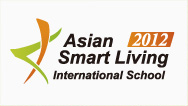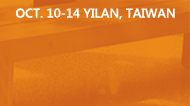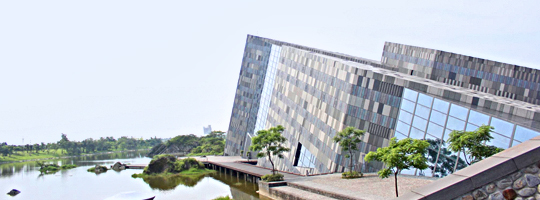
During the planning stage, it was decided that Lanyang Museum was to be an ecological museum that would combine the natural and cultural resources of Yilan, radiating outwards to connect with other museums and cultural galleries in the region to realize the goal of making all of Yilan become a museum. Thus, the Family Cultural Museum was born and today the network includes dozens of public and private museums and local cultural galleries. However, the current Family Cultural Museums are connected merely through an Internet network platform; the actual interactions between each museum are not as frequent as intended. On top of this, as museums are spreading over the vast area, transportation has been the key challenge. How to collaborate between the Lanyang family of museums to integrate the cultural history, natural resources and local industries of Yilan will require further careful planning.
Jenju Village Community

Jenju Village Community is in eastern Dongshan Township, situated on both shores of the Dongshan River. It is a community based mainly on rice paddies, with vegetables grown as well. In recent years, the community has developed more into a leisure farm known for straw arts and Bed & Breakfasts, providing visitors with opportunities for sightseeing and DIY activities such as straw painting, mask making, and straw weaving. Jenju Community has also cultivated a 150-meter long pumpkin patch. As the pumpkins ripen each year between April and May, the community hosts a Pumpkin Festival and holds celebratory pumpkin feasts so visitors can taste the country cuisine. In addition, Jenju Community also makes use of the local agriculture specialties to create ice snacks with five flavors of life, including sour, sweet, bitter, spicy and tart. When the visitors taste the flavors of the ice treats, they get a full taste of life, making the experience much more profound.
This progress aside, Jenju Village Community is now facing problems with an aging population, as well as with unemployment for middle to senior aged residents. How to vitalize the community to elevate the overall quality of living has become the focus for the community.
Greater Erjie Community
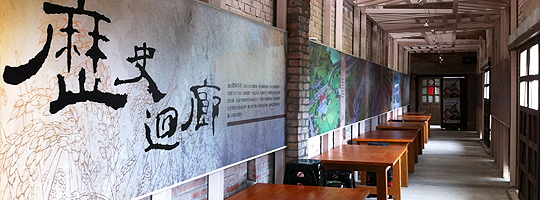
The Greater Erjie Community is located in central Yilan and has a population of about 8,000 people. Geographically, it is situated at the intersection of two very important transportation pathways. One is Provincial Highway No. 9, which serves as a critical thoroughfare that helps connect the area to the rest of Taiwan, thus making social and economic activities more vibrant. The other is the Lanyang River, which harbors rich ecological resources As such, Erjie has long played a role as a melting pot for economic, cultural and nature activities for the members of the community. Several years ago, residents in the community established the Greater Erjie Cultural and Educational Promotion Association. The goals of the association are to coordinate, integrate and promote the many facets of the unique and rich culture of the Erjie area, including its geographical, social, and historical wealth, its past and current experience in community development, abundant cultural activities, its education system, and its community education toward enhancing the preservation of local culture. One of the most significant accomplishments of the association was the founding of the Greater Erjie Paper Museum.
During Japanese colonization, due to the existence of the Erjie paper mill, paper was closely associated with daily life and the development and growth of the community. Recently, under stiff global economic competition, the Erjie paper mill has gradually fallen out of significance as a paper producer. To preserve the intimate link between the paper mill and the life of the community, the Erjie Paper Museum has been collecting artifacts and literature related to the Erjie paper mill. In 2002, the museum started offering many courses related to paper arts, such as plant-based manual paper making, etching, printing, and rubbing, among others. These activities have been very successful in revealing the cultural, social, architectural, and environmental aspects and real life stories of the community.
In order to further enhance the quality of the paper artistry and creativity, the museum has been actively participating in many major exhibitions and festivals both domestically and internationally. It has also been collaborating with artists throughout the world, introducing new technologies, and creating novel concepts of paper arts.
The Greater Erjie Paper Museum was created to extend the life of Erjie paper arts and to provide a hands-on environment to educate people about all things paper. In addition to serving as a gathering point for paper culture and stories, it offers the public an opportunity to explore advanced paper art skills and concepts.
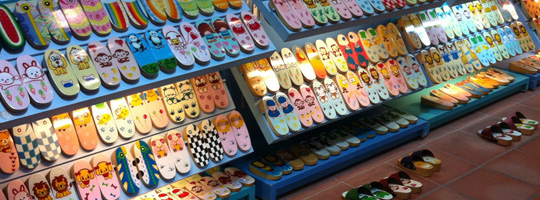
Baimi Clogs Village is located in the southeastern corner of the town of Su-ao, and it serves as the starting point of the Su-ao-Hualian Expressway. The name Baimi literally translates as "white rice", although the name bears no association with the food. It does, however, have an interesting origin. During the Qing dynasty, an officer patrolling the region discovered an almost dried up creek that was covered with lots of white pebbles. From a distance, it appeared as if there was a sheet of rice sitting on the river, which inspired him to give the area its present name.
In addition to its white pebbles, Baimi also is famous for one special kind of flora called the Jiang-mou tree. During the period of Japanese colonization, Jiang-mou was recognized as a superior material suitable for making "geta", the Japanese style clogs. Due to the great interest and high demand for these shoes, the Baimi area became a major supplier for wooden clogs. Upon the return of Taiwanese sovereignty, the demand for clogs dramatically decreased, and the industry subsequently diminished. Baimi, however, is also an area rich in mineral deposits, which has attracted many investors who have established mining factories throughout the town. The negative impact on the natural ecology of this area has been significant. In an attempt to improve the resulting constantly gray sky, the residents of the area got together and sought solutions, as well as their own cultural identity. Echoing the government's intention in its overall community makeover projects, they decided to promote and further advance the clogs heritage. They named their area Baimi Clogs Village.
Inside the Baimi exhibition hall, in addition to the nicely arranged clogs and the development history of the area, there is also a workshop that displays the design and fabrication of clogs by master Hsin-Hsiung Chen. Master Chen combines traditional shoe making with a great feel for the modern lifestyle, creating many novel clogs. Among them, massage clogs and weight-losing clogs are very popular products.
Uniting the natural resources and local production power of the area, the Baimi people discovered an optimal balancing point. They have taken the traditional business onto a new level, revitalizing and creating a brand new look for the clogs-making industry. In doing so, not only have they created many jobs, but they have also carried the name of the Baimi community much further.
